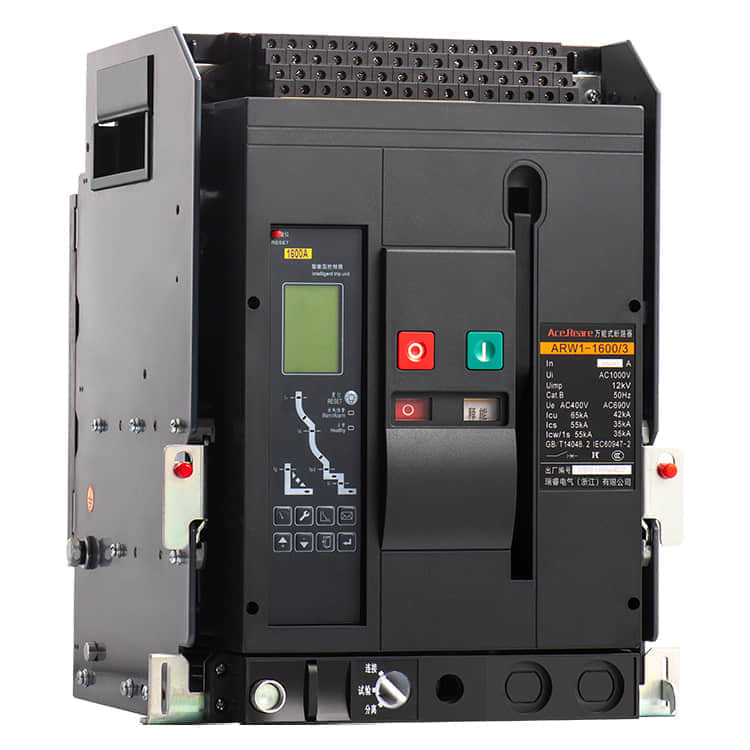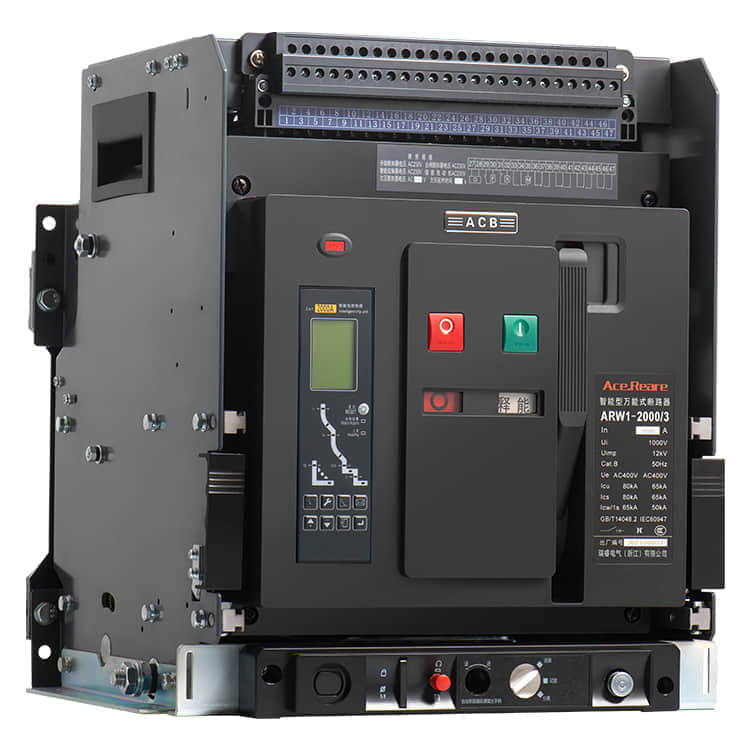ACB Breaker: A Vital Component in Electrical Systems

In the world of electrical engineering and power distribution, various components play crucial roles in ensuring the safety and efficiency of electrical systems. One such component is the Air Circuit Breaker, commonly known as the ACB breaker. This article aims to provide a comprehensive understanding of the ACB breaker, its functions, applications, and importance in electrical systems.

What is an ACB Breaker? An ACB breaker is an electrical device designed to protect electrical circuits from overcurrent and short-circuit faults. It is a crucial part of power distribution systems, serving as a first line of defense against electrical faults that can lead to damage, fires, or even catastrophic failures.
Key Components and Operation
ACB breakers consist of several key components, each playing a specific role in their operation:
Arc Chute: The arc chute is responsible for extinguishing the electric arc that forms when the circuit is interrupted. It ensures safe and reliable operation by preventing the arc from causing damage.
Contacts: ACB breakers have two sets of contacts, the main contacts, and the auxiliary contacts. The main contacts carry the current while the auxiliary contacts are used for control and signaling purposes.
Tripping Mechanism: The tripping mechanism is responsible for opening the circuit when an overcurrent or short-circuit occurs. It can be operated manually, electrically, or through a combination of both.
Operating Mechanism: This mechanism allows the breaker to be manually operated for maintenance or emergency situations. It is also used for the remote control of the breaker.
Functions of ACB Breakers
ACB breakers serve several essential functions in electrical systems:
Overcurrent Protection: ACB breakers are designed to trip and disconnect the circuit when the current exceeds a predetermined threshold. This protects the equipment and prevents overheating and potential damage.
Short-Circuit Protection: In the event of a short circuit, ACB breakers swiftly interrupt the current flow to prevent further damage and ensure the safety of the electrical system.
Isolation: ACB breakers can be used to isolate electrical circuits for maintenance or repair, ensuring the safety of maintenance personnel.
Control and Monitoring: The auxiliary contacts in ACB breakers are used for control and monitoring purposes, allowing for remote operation and providing feedback on the status of the breaker.
Applications of ACB Breakers
ACB breakers find applications in a wide range of industries and settings:
Industrial Facilities: They are commonly used in industrial facilities to protect motors, generators, transformers, and other critical equipment.
Commercial Buildings: ACB breakers are installed in commercial buildings to protect electrical systems, ensuring uninterrupted power supply.
Data Centers: Data centers rely on ACB breakers to protect servers and sensitive electronic equipment from electrical faults.
Utilities: ACB breakers are used in power generation and distribution systems to safeguard transformers, switchgear, and transmission lines.
Importance of ACB Breakers
The significance of ACB breakers in electrical systems cannot be overstated. They play a vital role in ensuring the safety of both personnel and equipment, as well as maintaining the reliability of electrical systems. Without ACB breakers, the risk of electrical fires, equipment damage, and system failures would be significantly higher.
In conclusion, the ACB breaker is a fundamental component of modern electrical systems. Its ability to protect against overcurrents, short circuits, and other electrical faults makes it an indispensable part of power distribution and control. Engineers, electricians, and facility managers must have a thorough understanding of ACB breakers to ensure the safe and efficient operation of electrical systems.




